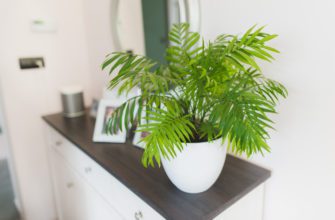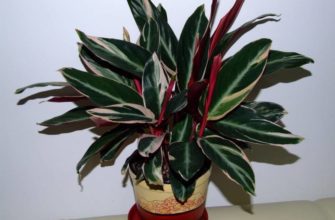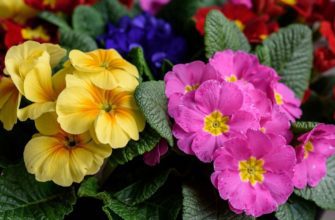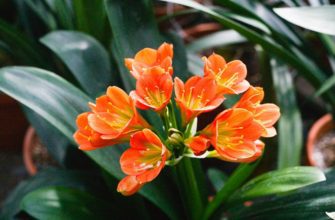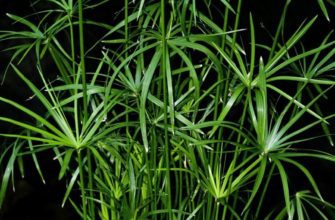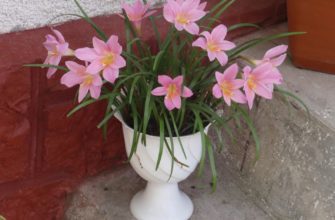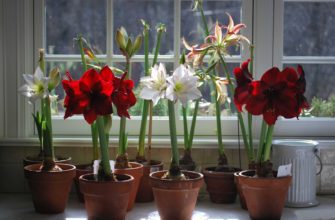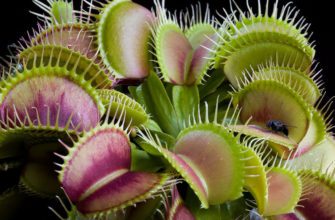Indoor yucca is a popular houseplant that attracts attention with its elegant and graceful appearance. But to please the plant with its green and glossy appearance, proper care is necessary. In this article, we will consider all aspects of indoor yucca care, including planting, fertilizing, lighting, watering, replanting and much more. Get all the necessary tips and tricks to ensure that your yucca thrives and turns into a magnificent houseplant.
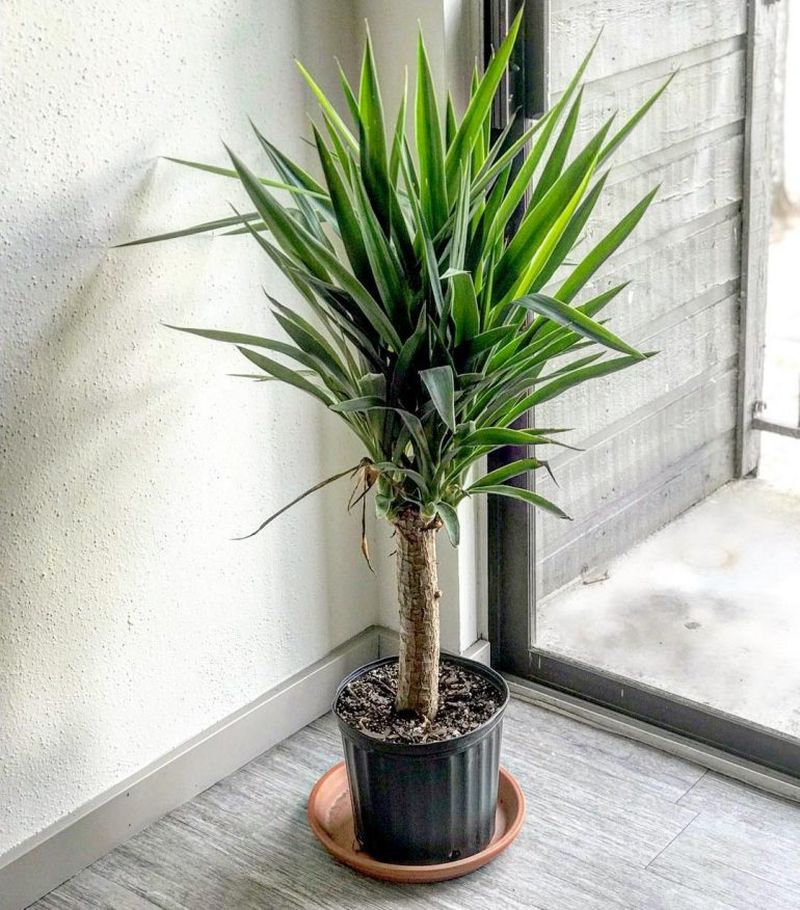
Popularity of indoor yucca as a houseplant
The popularity of indoor yucca as a houseplant continues to grow every year. This is not surprising, because yucca has a number of unique properties that win the hearts of many gardeners and plant lovers.
- Firstly, The indoor yucca is a highly decorative plant with an unusual and elegant appearance. Its thick, green sword-shaped leaves add a special charm to any interior.
- Secondly, Yucca is very easy to care for. It is highly resistant to adverse conditions, such as lack of light and overdrying of the soil. Yucca is essentially a survivor plant, capable of surviving even with minimal care from the owner.
- Thirdly, Yucca is an excellent air filter. It is able to clean the air of harmful substances and toxins, which makes it especially useful for the health and well-being of the family.
- Finally, Yucca has its own symbolic significance. In some cultures, it is considered a symbol of wisdom and strength. Its presence in the home can bring harmony and peace.
All these factors explain the growing popularity of indoor yucca. It is ideal for those who value ease of care, elegance and usefulness of house plants.
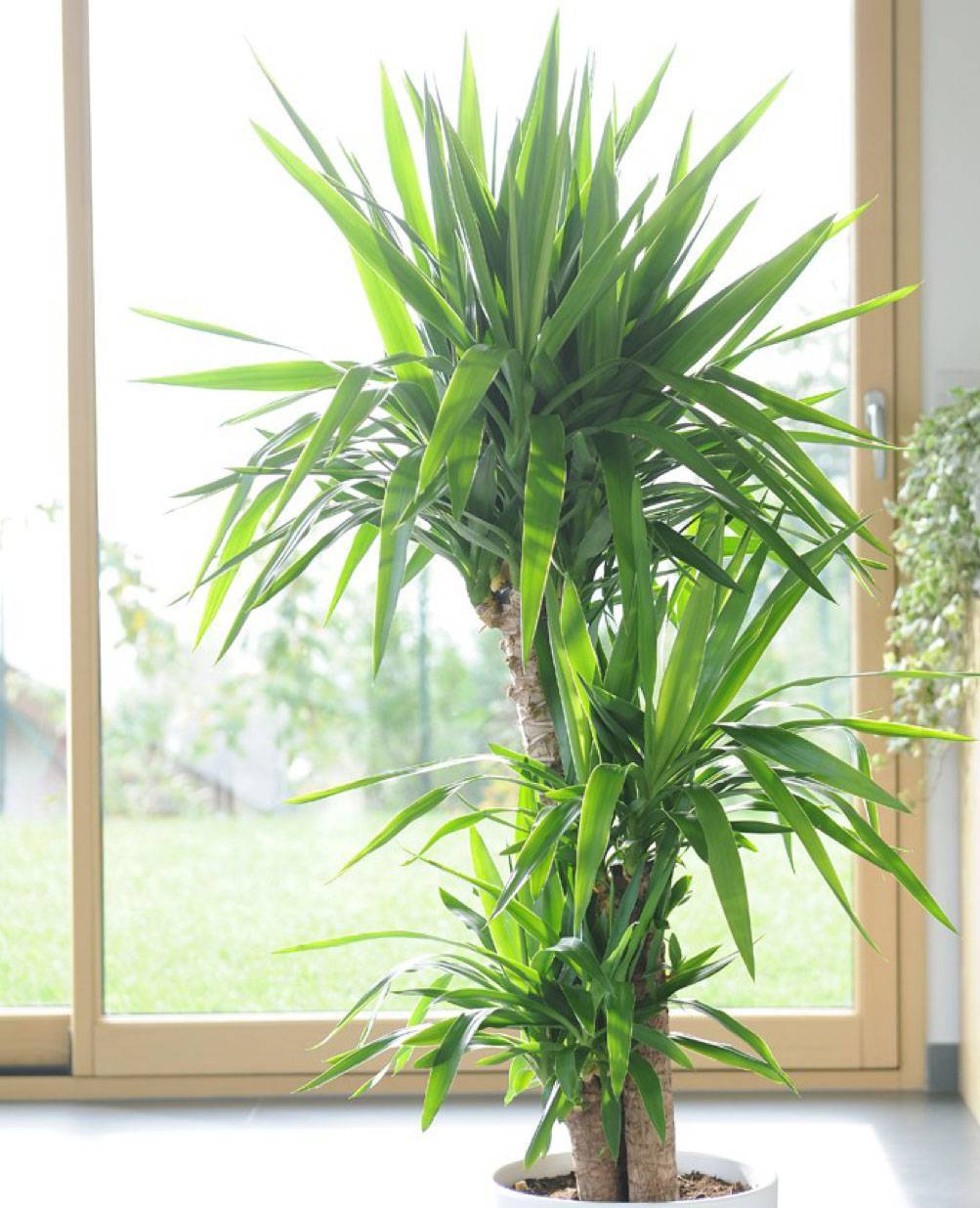
Description of indoor yucca
Indoor yucca is a plant that will not leave any gardener or plant lover indifferent. Its features and uniqueness make it a great addition to any home interior.
The first thing you notice when you see a room yucca is its unique appearance. Its long, smooth and slender leaves are sword-shaped and perfectly symmetrically arranged. They are framed by a lush rosette, which gives the plant a special grace and elegance.
One of the most attractive features of yucca is its ability to adapt to different conditions. It can grow and thrive in both bright sunlight and low light conditions. Due to its ability to tolerate dry air and periodic flooding, yucca is able to survive even in the most unfavorable conditions.
Another unique quality of the indoor yucca is its longevity and slow growth. It can grow and develop for many years without significant changes in size or shape. This makes it an ideal choice for those looking for a plant with minimal maintenance requirements.
Indoor yucca is also known for its ability to cleanse the air of harmful substances and toxins. It can improve indoor air quality, making it cleaner and healthier for the home's inhabitants.
Finally, yucca is a source of symbolic meaning. In some cultures, it is considered a symbol of calm, strength, and wisdom. Placing a potted yucca in your home can create an atmosphere of harmony and well-being.
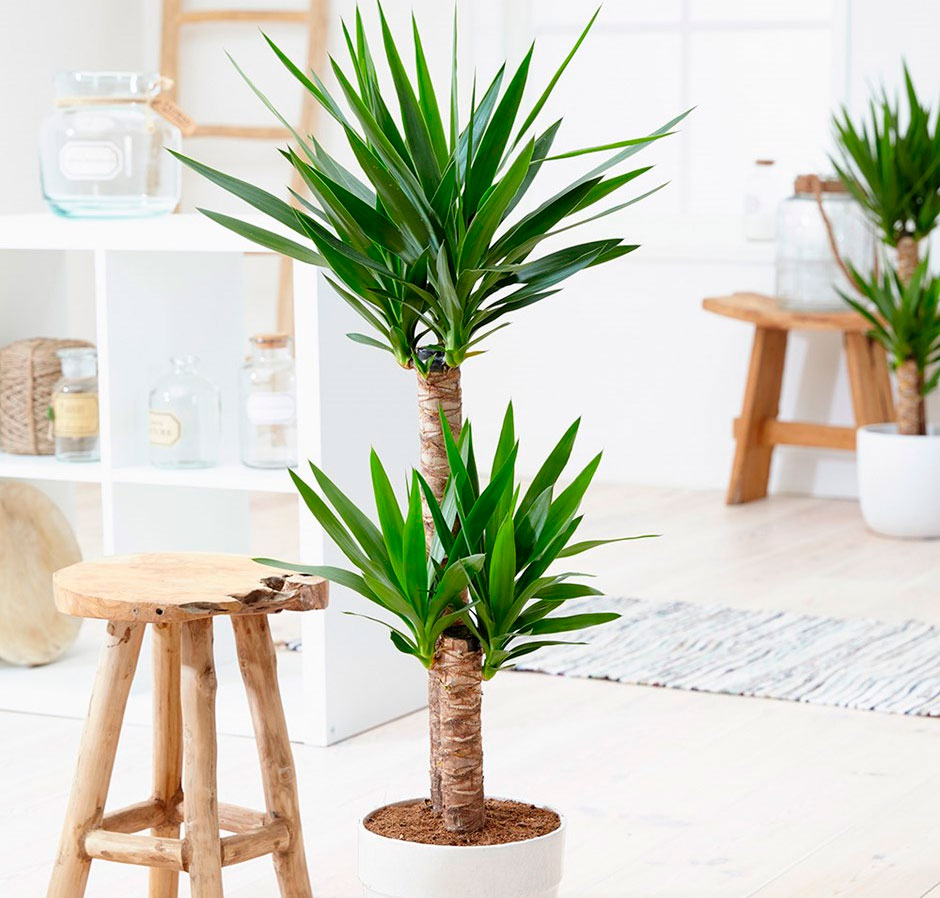
Planting Yucca and Choosing a Pot
Planting your yucca and choosing a pot is an important step that can affect the health and development of your plant. There are several unique factors to consider to ensure your yucca plant has the best conditions to grow and thrive.
The first thing to consider is the choice of pot. Yucca is a strong and resilient plant, so it is suitable for many types of pots. However, to ensure optimal growth, the choice of pot is important.
It is recommended to use ceramic or clay pots, as they have good air permeability and help drain excess moisture. This is especially important for yucca, as excess moisture can lead to root rot. The pot should also be strong enough to withstand the weight of the plant and not collapse under its pressure.
When planting yucca in a pot, you should pay attention to the drainage layer. It should consist of expanded clay, gravel or a special drainage mixture. This will allow excess moisture to drain away and prevent it from stagnating at the roots, which can cause rotting.
Choosing the right soil is also important. It is recommended to use a mixture for cacti or succulents, as they have good air permeability and drainage. The soil should be light and fertile to provide the plant with sufficient nutrition and water collection.
When planting yucca, pay attention to the correct placement of the roots. They should be neatly placed in the pot, without twisting or bending. The plant should be planted at the same depth at which it grew in the previous pot.
It is also important to consider lighting and temperature conditions when choosing a location for yucca. It prefers bright but diffused light, so it is best to choose a location in close proximity to a window. In addition, the plant is hardy and can adapt to different temperatures, but the optimal range is 20-25 degrees Celsius.
All of these factors are unique to yucca and are important for its successful development. The right choice of pot, drainage, soil and placement conditions will help the yucca to flourish and delight you with its beauty for a long time.
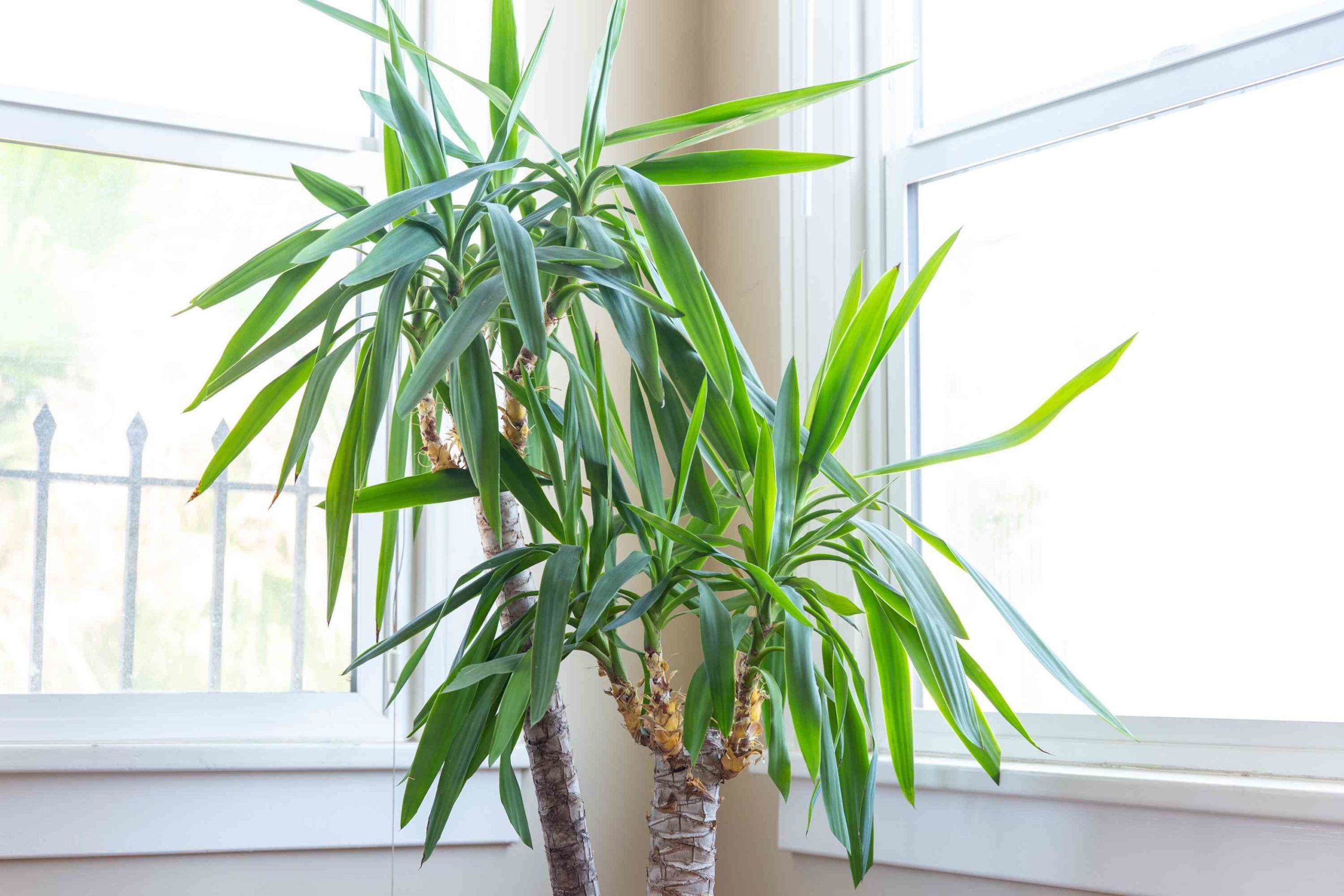
Yucca care at home
Yucca care at home requires some special features and attention to detail. Here are some unique tips that will help you ensure the health and beauty of your yucca:
- Lighting: Yucca prefers bright but diffused light. Place the plant pot close to a window on the south or east side of the house. If you do not have access to enough light, you can use artificial lighting. It is important to remember that direct sunlight can cause burns on the leaves of the yucca, so avoid direct sunlight.
- Watering: Yucca is a succulent plant that tolerates dry periods well. When watering, follow the principle of "little but often." Water the plant only when the soil is completely dry. Excessive moisture can lead to root rot. Make sure the pot has good drainage to prevent water stagnation.
- Temperature: Yucca is relatively undemanding regarding temperature, but the optimal range is 20-25 degrees Celsius. It can tolerate lower or higher temperatures, but prolonged exposure to extreme conditions can negatively affect the health of the plant.
- Fertilizer: Yucca does not require frequent fertilization. It is enough to fertilize the plant once a month during the active growth period in spring and summer. Use fertilizer for succulents or cattails, following the instructions on the package. Avoid overfertilizing, as this can lead to the formation of salts in the soil and damage to the roots.
- Trimming: To maintain the beautiful shape and density of the plant, you can prune it from time to time. Remove old, yellow or damaged leaves, as well as those that overlap the leaves inside the plant. Use sharp and clean pruning tools and disinfect them before use.
- Leaf care: Yucca leaves can accumulate dust, especially if the plant is near a heat source or in a room with low humidity. Wipe the leaves regularly with a soft damp cloth or use special products for plant foliage care.
By following these unique tips, you can provide optimal conditions for the growth and development of your yucca at home. Remember that each plant is unique, so monitor its needs and adjust care if necessary.
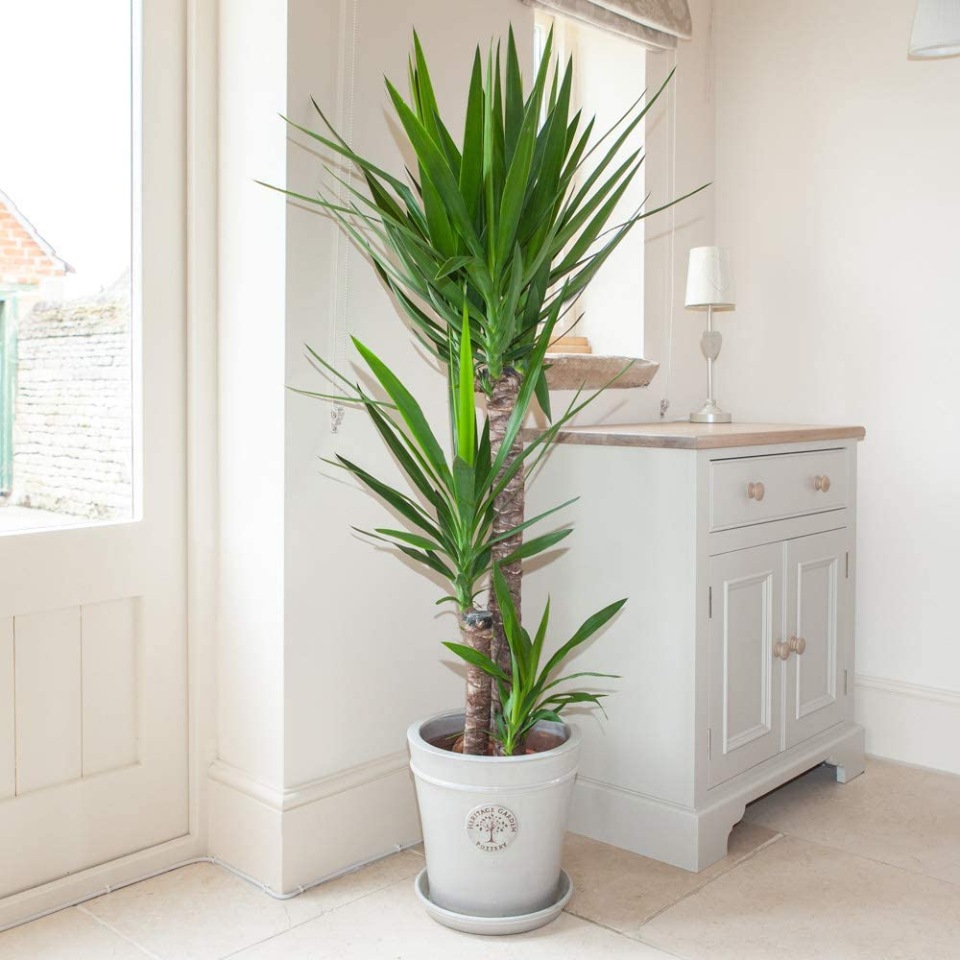
Common Problems When Growing Yucca
So, there are several common problems that can arise when growing a yucca plant. Here are some of them and how to solve them:
- Yellowing and falling leaves: This can be caused by overwatering or underwatering, improper lighting, or poor soil quality. To correct this problem, provide the plant with well-drained soil, water it regularly but avoid standing water in the pot, and control the lighting, giving the yucca enough light but avoiding direct sunlight.
- The appearance of rot: This is often due to improper watering, excess moisture or insufficient air circulation. It is important to ensure a good drainage system, regularly check the soil for moisture and avoid stagnant water. It is also recommended to ensure good ventilation around the plant.
- Pest damage: Yucca can be attacked by mealybugs, spider mites, and other pests. To prevent damage, regularly inspect the plant for pests and take pest control measures, such as using natural sprays or a soapy cleaning solution.
- Nutrient Deficiencies: If your yucca develops pale or distorted leaves, this may be a sign of nutrient deficiency. In this case, it is worth fertilizing the plant regularly using a suitable fertilizer for xerophytes or shrubs.
By following these tips, you can successfully grow your yucca plant and avoid common problems. If you have any further questions, don’t hesitate to contact me! I’m always here to help.
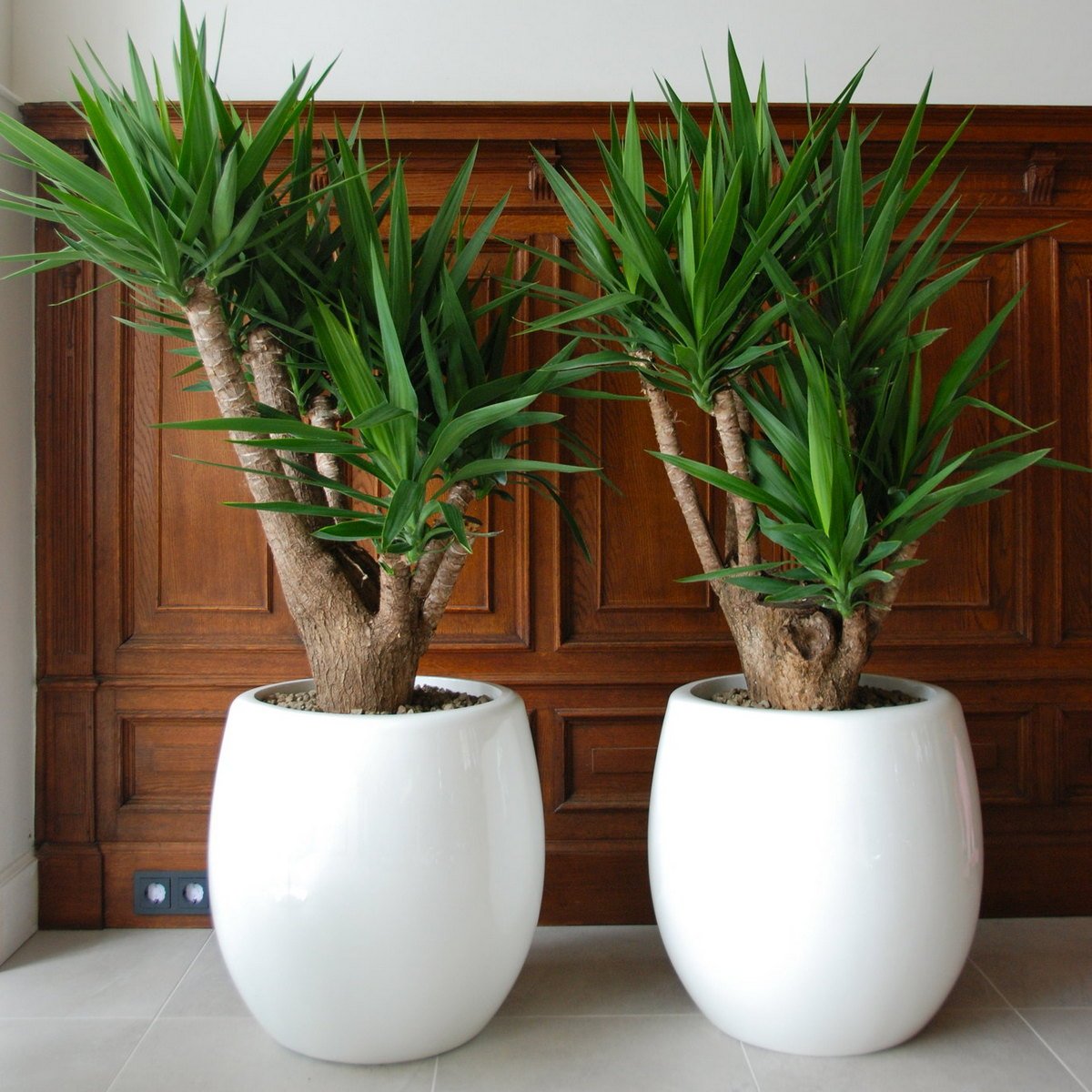
Yucca transplant
When replanting a yucca plant, there are a few key points to consider. Here are some tips to help you successfully replant your yucca:
- Prepare the right soil: Yucca prefers well-drained soil, so for replanting, prepare a mixture consisting of equal parts of sand, peat and garden soil. Make sure the new pot has a good drainage layer of expanded clay or pebbles.
- Transfer time: The best time to repot a yucca is in the spring or early summer. Do not repot the plant during the cold season or when it is actively growing.
- Prepare the plant: Before repotting, carefully inspect the plant and remove any damaged or dead roots. If the plant is too large, you can trim its root system to a more manageable size.
- Transfer: Carefully remove the yucca from the old pot, being careful not to damage the roots. Place the plant in the new pot, add soil around the roots, and gently tamp the soil down. Be sure to water the plant after repotting to settle the soil and help the new roots take root.
- Aftercare: After repotting, the plant may need some time to recover. Place the yucca in a location with bright but indirect sunlight and moderate watering. Keep the soil slightly moist but not waterlogged.
By following these steps correctly, you will be able to successfully repot your yucca plant and ensure it grows healthily. If you have any further questions or need additional assistance, please don’t hesitate to reach out! I am always here to help.
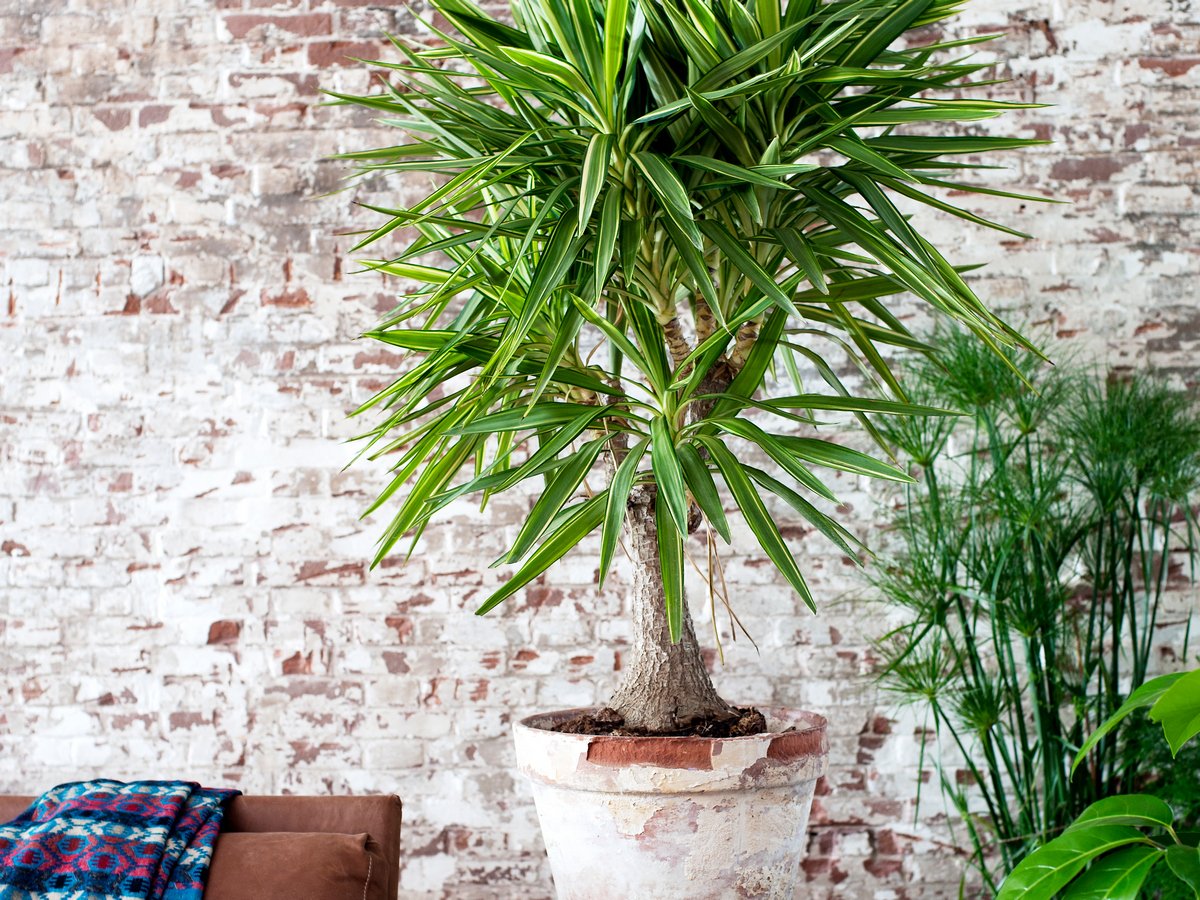
Tips for growing plants
The yucca plant is a beautiful plant that can be a decoration for your home or garden. Here are some tips to help you grow yucca successfully:
If you follow these tips, your yucca will thrive and become a real pride of your garden or interior. Do not forget that the plant requires love and care, so regularly inspect it for problems and react promptly. Good luck growing yucca! If you have any more questions or need additional help, I am always ready to help.
Conclusion
The key factors in caring for indoor yucca are the correct choice of location, lighting, watering and fertilizing. Indoor yucca requires moderate watering and good lighting, but it should be protected from bright direct sunlight.
Fertilizer also plays an important role in the development and growth of the plant.
Periodic replanting will help to renew the substrate and stimulate the growth of yucca. Following the recommendations for caring for indoor yucca, you will be able to enjoy its greenery and add elegance to your interior.

